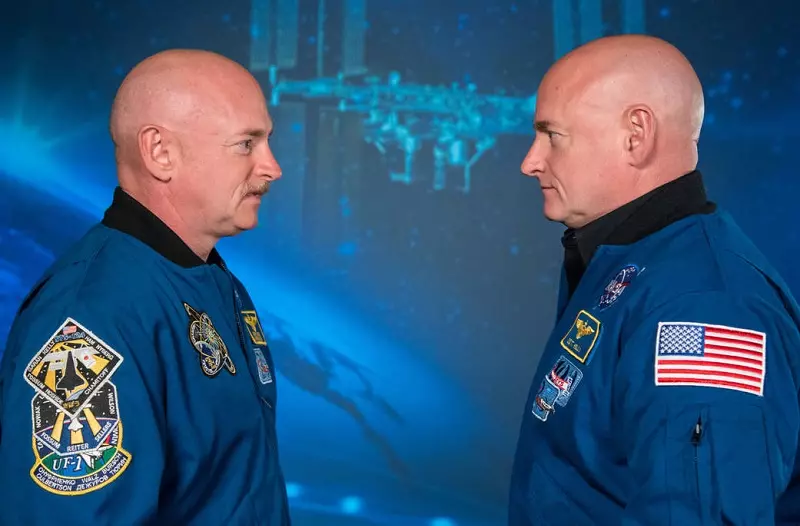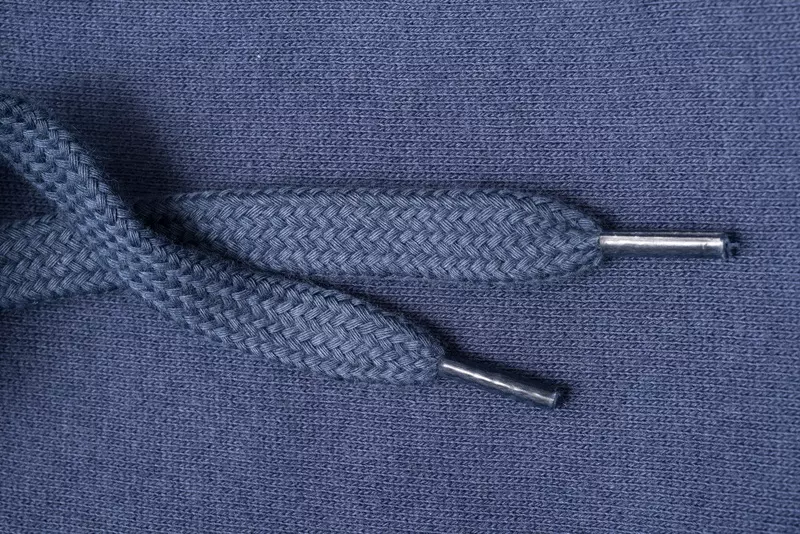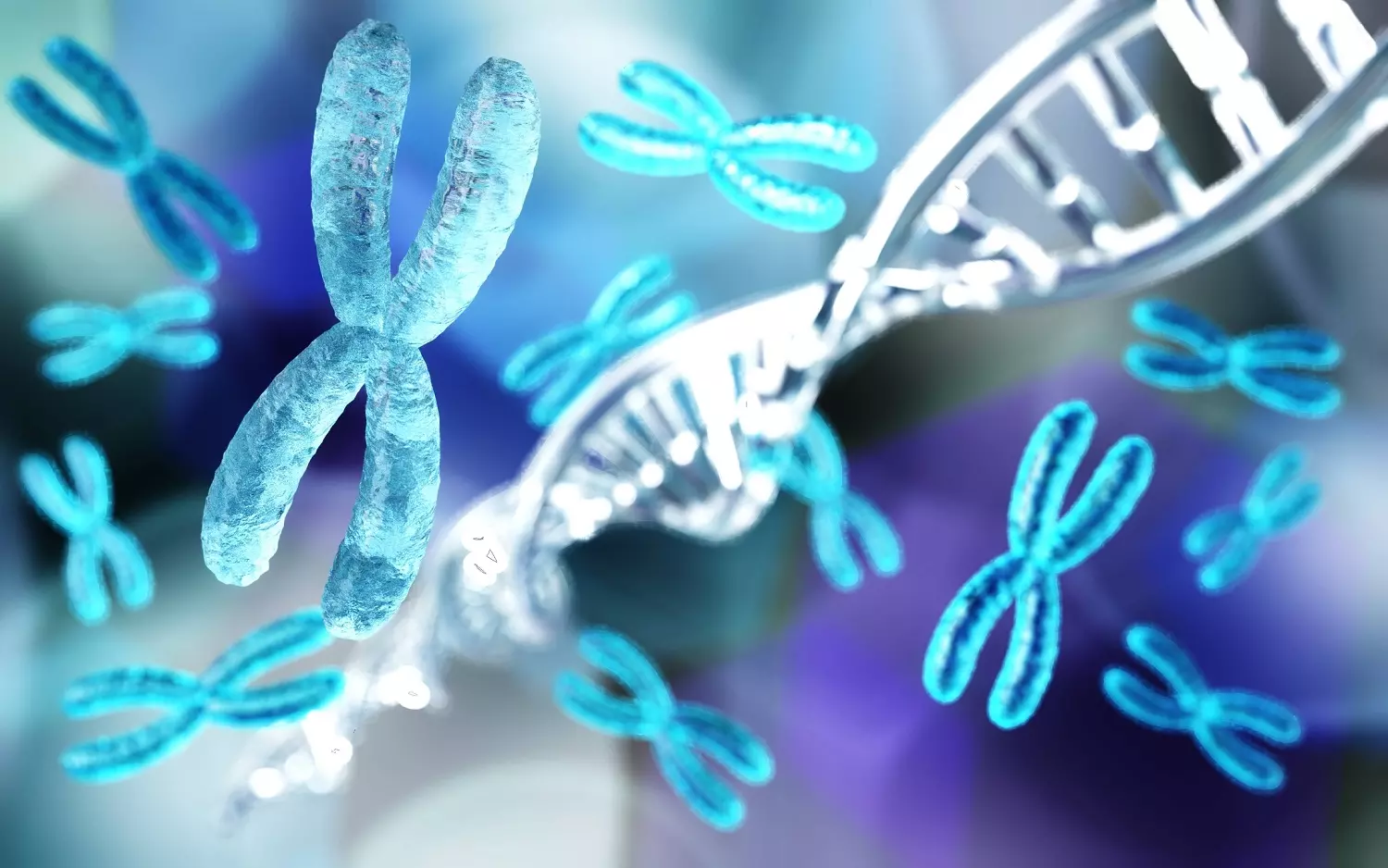[Originally published in April, 2018 as NASA’s Study Indicates Space Changes GENE EXPRESSION, not GENES!]
On March 9, 2018, Newsweek headlined its article as “Scott Kelly: NASA Study Confirms Astronaut’s DNA Actually Changed in Space.” The article says:
After landing, 93 percent of Scott Kelly’s genes returned to normal, the researchers found. The altered 7 percent, however, could indicate long-term changes in genes connected to the immune system, DNA repair, bone formation networks, oxygen deprivation and elevated carbon dioxide levels.
The Telegraph headline reads, “Nasa astronaut twins Scott and Mark Kelly no longer genetically identical after space trip.” The article states:
But new findings by Nasa have found that life away from planet Earth has exacted a surprising toll. The pair are no longer genetically identical twins.
Please understand that both of these articles are doing what is typical of the modern media when it comes to science. They are taking results that are really, really interesting, and they are hyping the results to the point where they are not telling the truth anymore.
NASA did do a wonderful experiment on the genetic effects of being in space a long time, and while the results are quite remarkable, they don’t indicate that space changes a person’s genes. They indicate that space changes the expression of certain genes, and for some, that change is remarkably long-lived.
So what did NASA actually do?

It studied two astronauts, Scott and Mark Kelly, who are also identical twins. That means they have the same DNA. They aren’t identical; no identical twins are. For example, while their DNA is identical, their fingerprints are not. The specific patterns in your fingerprints are determined by where you develop in the womb. Since identical twins cannot be in the same part of the womb, they develop different fingerprints. So first, let’s make sure we understand what is “identical” in identical twins.
A person’s DNA consists of long strings of four chemicals called nucleotide bases. Those bases are called adenine (A), thymine (T), guanine (G) and cytosine (C). The recipes for all the proteins that a person’s cells need to make are encoded in the DNA as sequences of those four bases. Just as the Betty Crocker Cook Book could be reduced to a series of dots and dashes using Morse Code, the recipes for every protein a body needs to make can be reduced to a series of four nucleotide bases (A, T, C, and G) using the genetic code. A gene, then, is simply a recipe. It tells the cell how to make a specific protein.
In identical twins, the sequences of bases in their DNA are the same. That means the recipes for all the proteins their cells make are the same. In other words, identical twins have identical genes. However, DNA is more than just a recipe book. It is a recipe book with its own instruction manual. It not only tells the cells how to make the proteins they need, but it also tells the cells how often to make those proteins. Sometimes, a cell needs to make a lot of a protein. At other times, it doesn’t need to make much of that same protein. The rate at which a gene is used to make a protein is called gene expression.
Now we can discuss what NASA did. They took advantage of the fact that they had two astronauts who are identical twins. They sent one (Scott) to the International Space Station for a full year. Most of the time, astronauts spend about six months on the station, but NASA specifically wanted to see what a longer stay would do to an astronaut. After Scott returned from his one-year mission, NASA compared his DNA to his identical twin’s DNA.
Unlike the articles I linked above lead you to believe, there was no change in the genes themselves.
The sequence of nucleotide bases (and therefore the proteins his cells make) did not change compared to his identical twin. However, what did change was the instructions on how to use those genes. Some genes were used less often; some genes were used more often.

There was also one structural change to Scott’s DNA. Each chromosome has an end cap called a telomere. As far as we can tell, telomeres don’t affect the proteins made by a person’s DNA. They simply protect the genes from getting cut down during the times when DNA is duplicated for cellular reproduction. Scott’s telomeres actually elongated in space. This is interesting, because on average, telomeres tend to shorten as a person ages.
The telomere lengthening was unexpected, but the other changes weren’t. After all, we know that DNA is designed to regulate itself in response to changing conditions. How many proteins we make depends on what we are doing and how our environment is affecting us. Obviously, living in the International Space Station presents challenges to the body that living on earth doesn’t present, so it only makes sense that life on the International Space Station would affect how often Scott’s body made certain proteins.
Now here’s the interesting part: 93% of all the changes in gene expression reverted back to normal after six months. Even the telomeres shortened back to normal. However, 7% of his genes still have different rates of expression, even after six months back on earth. Remember, the changes in gene expression were expected, because of the changes in Scott’s environment and the changes in his body’s needs. However, after six months, his body has had plenty of time to adapt back to life on earth. Thus, one would expect all of the space-induced changes to have been eliminated. However, a small fraction of the gene expression is still not back to what it would have been had he never left the earth!
So unlike The Telegraph says, Scott and Mark are still identical twins. Their genes have not changed. In the same way, Newsweek is dead wrong when it says that this study indicates that space can produce long-term changes in genes. Instead, Scott now uses 7% of the same genes his twin has at different rates from his twin, even after being back on earth for six months. That’s the really interesting part of the story. This seems to indicate that long-term space missions can produce long-term changes in gene expression!







